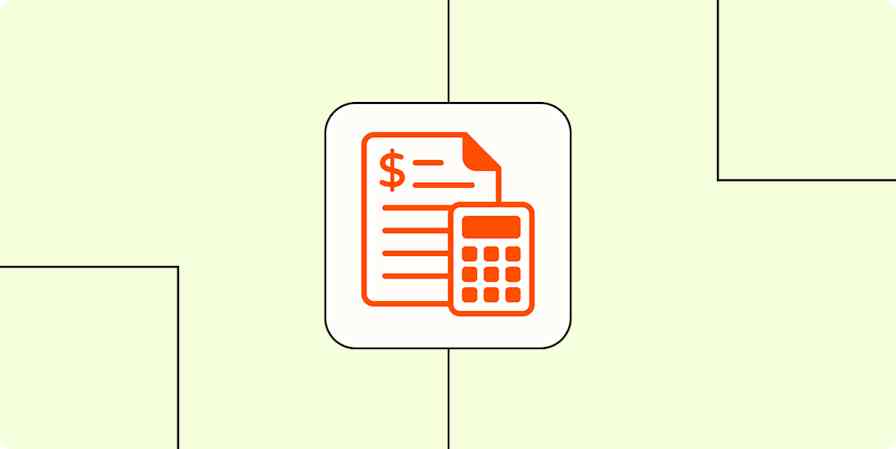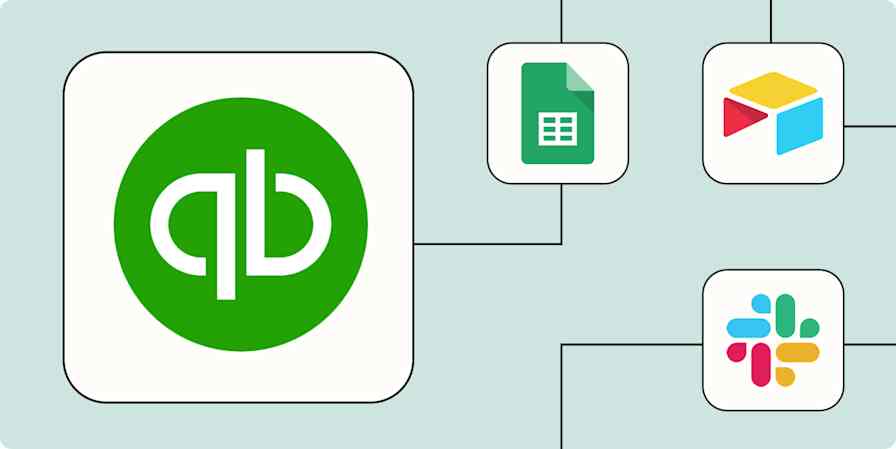Automation inspiration
4 min readHow to save hours each month by automating client file requests
By Abir Syed · March 30, 2021

Get productivity tips delivered straight to your inbox
We’ll email you 1-3 times per week—and never share your information.
Related articles
Improve your productivity automatically. Use Zapier to get your apps working together.








